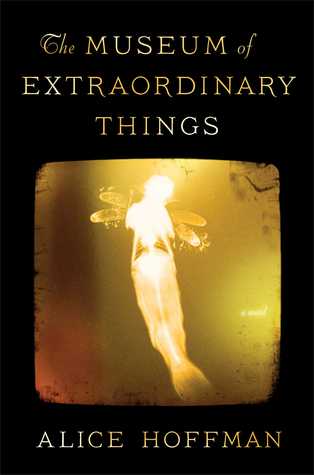Coney Island, 1911. The height of the legendary, intoxicating fairy tale that drew thousands of pleasure seekers each summer. With her mermaid-like hands and ability to hold her breath, young Coralie is one of the “extraordinary things” her father has put on display at his museum to satiate the public’s seemingly unquenchable thirst for the odd. Russian immigrant Eddie has abandoned his Orthodox community on the Lower East Side to become a newspaper photographer — a documenter of what is real.
Alice Hoffman has brought this time period to life through (what must have been) reams of research and embodied it in the two main characters. Sometimes authors compile so many fascinating details they want to get every last bit in. They shoehorn the information into every nook and cranny. I felt that in this story to some degree. Details that the characters wouldn’t know were brought into their point of view as if we were moving from third person limited to omniscient and back again. In one of many such examples, Eddie is walking along Fifth Avenue, a street lined with mansions of the rich and famous of the day. This section is in Eddie’s POV and we are told the names of the architects who designed/built the mansions. Eddie is a poor immigrant tailor who is learning photography. He doesn’t have any interest in architecture so why would he know or care who built the mansions. This is certainly a minor point, but these instances did pull me out of the dream of the story set as they were against a beautiful tale.
The Museum of Extraordinary Things is marvelous, and well worth overlooking this inconsistency. The meaning of family and community is at the heart of this lovely story.
Four hearts for this one. ♥ ♥ ♥ ♥
Affiliate links are for Indiebound. If you make a purchase through this link, I’ll get a few pennies. It is no cost to you and supports independent booksellers.


